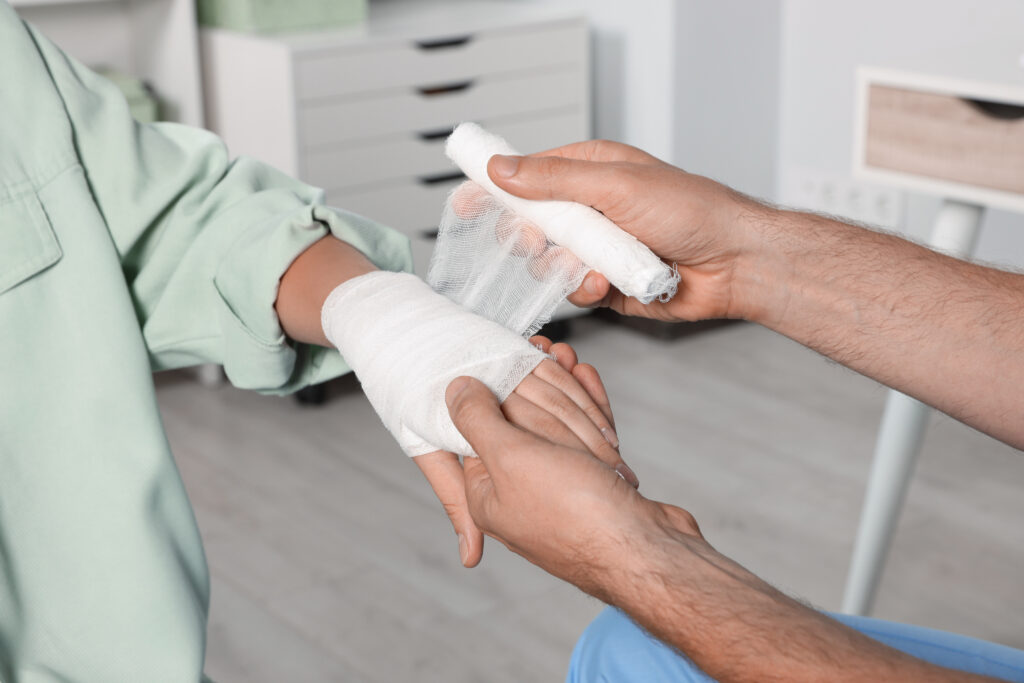Scalds and burns are very common accidents that happen, and at times, you aren’t always prepared for them.

If you’ve come across small domestic accidents, then you should follow this easier procedure and save yourself the pain of suffering even more and costing yourself a fortune, especially when it comes to treating yourself.
The definition between a scald and a burn is key so that you know what you will be treating. A scald is an injury caused by the transfer of heat from an aqueous medium; the burn is caused by heat coming from metal or the sun.
We have first-degree burns, i.e., those that affect the epidermis, the most superficial state of the skin. Then there are second-degree burns that affect the dermis, the layer immediately under the epidermis. Finally, we have third-degree burns, which affect the skin, including the hypodermis, a deep layer of the skin.
Also, spilling a pot of boiling water on yourself or getting burned by the muffler of your scooter or motorbike is more common than you think.
Move the heat source.
The first thing to do in the event of a scald or burn is to remove the heat source that caused it immediately. Especially if it is an electrical source, it is necessary to remove the affected person from the area immediately.
Remove the clothing.
The second step to follow involves removing any clothing and jewelry that is near the burn or burns. And if at all it has held tight, then you should consider wetting it first and removing it slowly so that you don’t rip off the skin.
Cool the burned area with cold water.
The following step is very important and should be done immediately: Wet the burned or scalded area with running water at a temperature between 8 and 15 ºC for a minimum of 20 minutes.
Cover the burned area with a cling film.
If it is that serious, consider covering it with plastic film and treating it later on.